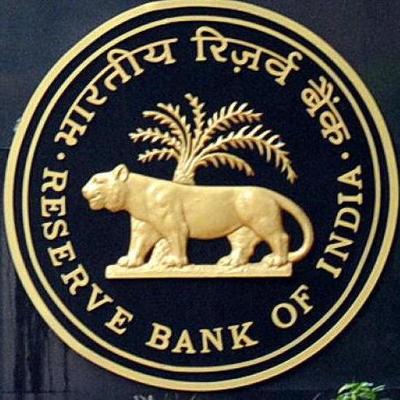
Deregistration
of Bajaj Finserv limited as an NBFC.
Bajaj Finserv Limited is the holding company of Bajaj Finance Limited. Bajaj Finserv Limited is now classified as a “Core investment company” as it does not have any public funds including deposits or borrowings.
Core Investment Companies (CICs)
Core Investment Companies,
(CIC) are those companies which have their assets predominantly as investments
in shares for holding stake in group companies but not for trading, and also do
not carry on any other financial activity. These companies a minimum 90% of
their assets in the group concerns either in the form of equity, preference
shares or convertibles bonds or loans. Further the component of equity holdings
should not be less than 60% of their assets.
RBI has now recognized that
such CICs justifiably deserve a differential treatment in the regulatory
prescription applicable to Non-Banking Financial Companies which are non
deposit taking and systemically important. It is now decided by RBI that
only those CICs having an asset size of Rs.100 crore and above would be treated
as systemically important core
investment companies. Systemically important core Investment Company means a
Core Investment Company fulfilling both the following conditions:
- Having
total assets of not less than Rs.100 crore, either individually or in
aggregate along with other Core Investment Companies in the Group;
- Raises
or holds public funds;
The rules covering
Systemically important CICs are as under:
1. They would require registration with the Reserve Bank and would be
given exemption from maintenance of net owned fund and exposure norms subject
to certain conditions.
2.
Capital Requirements:
Every CIC-ND-SI shall ensure that at all times it maintains a minimum Capital
Ratio whereby its Adjusted Net Worth shall not be less than 30% of its
aggregate risk weighted assets on balance sheet and risk adjusted value of
off-balance sheet items as an the date of the last audited balance sheet as at
the end of the financial year.
3.
Leverage Ratio: Every
CIC-ND-SI shall ensure that its outside liabilities at all times shall not
exceed 2.5 times its Adjusted Net Worth as on the date of the last audited
balance sheet as at the end of the financial year.
The Core
Investment Companies (Reserve Bank) Directions, 2011: Extent of the directions
These directions shall apply to
every Core Investment Company, that is to say, a non-banking financial company
carrying on the business of acquisition of shares and securities and which
satisfies the following conditions as on the date of the last audited balance
sheet:-
(i) it holds not less than 90% of
its net assets in the form of investment in equity shares, preference shares,
bonds, debentures, debt or loans in group companies;
(ii) its investments in the
equity shares (including instruments compulsorily convertible into equity
shares within a period not exceeding 10 years from the date of issue) in group
companies constitutes not less than 60% of its net assets as mentioned in
clause (i) above;
(iii) it does not trade in its
investments in shares, bonds, debentures, debt or loans in group companies
except through block sale for the purpose of dilution or disinvestment;
(iv) it does not carry on any
other financial activity referred to in Section 45I(c) and 45I(f) of the
Reserve Bank of India Act, 1934 except investment in
i) bank deposits,
ii) money market instruments,
including money market mutual funds
iii) government securities, and
iv) bonds or debentures issued by
group companies,
granting of loans to group
companies and
issuing guarantees on behalf of group
companies.)
Due to this, Bajaj Finserv
is not required to be registered with the Reserve Bank of India (RBI) and has
surrendered its NBFC registration for cancellation as required by the RBI.
All
lending and deposit business is carried out by Bajaj Finance Limited under the
brand umbrella of Bajaj Finserv. Therefore, all lending and deposit businesses
shall continue as usual under Bajaj Finance Limited which is registered with
RBI as an NBFC.
Ref: 15th December
2015 advt by RBI



